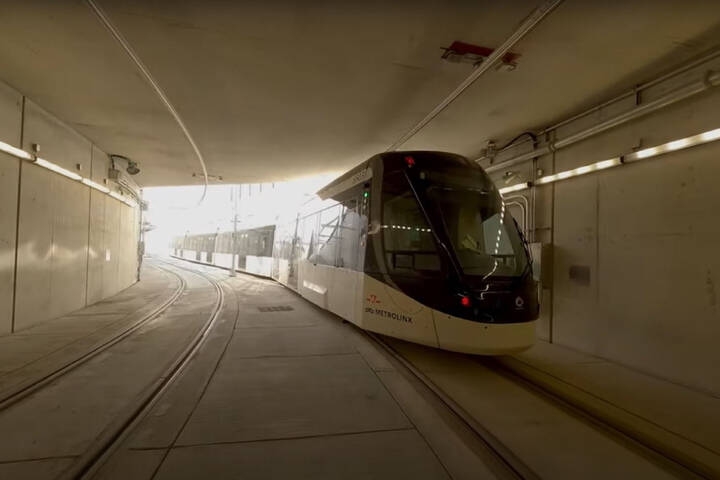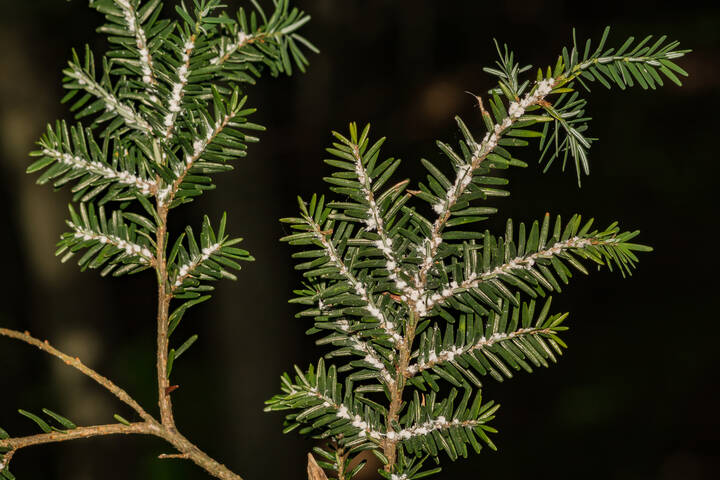
Many Ontario residents are about to get government cheques worth hundreds
Some Canadians can expect extra cash from the government next week through the Climate action incentive payment (CAIP).
The CAIP, also known as the carbon tax rebate, is a tax-free amount to help eligible individuals and families offset the cost of federal pollution pricing.
It's comprised of a basic rebate and a supplement for residents in small and rural communities.
"These rebate payments are the other half of the carbon pollution pricing system, with eight out of 10 families actually getting more back than they pay," said Minister of Environment and Climate Change Steven Guilbeault in a statement on Friday.
"The federal pollution pricing system is not only supporting the everyday affordability challenges of Canadians, but is a key part of our plan to fight climate change, contributing about a third of our overall emissions reduction goal."
Canadians who live in a province where the federal fuel charge applies will receive their first CAIP payment of the year on Monday, January 15.
You can expect to get it through direct deposit or by cheque, so make sure to check your bank account and your mailbox.
Who's eligible for the Climate action incentive payment and how much will you get?
Canadians in Alberta, Manitoba, New Brunswick, Newfoundland and Labrador, Nova Scotia, Ontario, Prince Edward Island, and Saskatchewan are eligible to receive the payment.
A family of four would receive a CAIP of the following amounts:
- $386 in Alberta
- $264 in Manitoba
- $184 in New Brunswick
- $328 in Newfoundland and Labrador
- $248 in Nova Scotia
- $244 in Ontario
- $240 in Prince Edward Island
- $340 in Saskatchewan
You can find a breakdown of the rebate based on how many people are in your family here.
Environment and Climate Change Canada (ECCC) says that eight out of 10 households receive more money back from the CAIP than they pay as a result of the federal pollution pricing system.
It says low- and middle-income households benefit from the rebate the most.
In addition, residents of small and rural communities receive an extra 10 per cent supplement beyond the base rebate amount.
According to ECCC, as of April 2024, the government will double the rural supplement to 20 per cent, recognizing the increased energy needs of rural residents and their reduced access to cleaner transportation options.
Ottawa says pollution pricing plays a "crucial role" in meeting targets to cut emissions by 40 per cent below 2005 levels by 2030 and achieve net-zero emissions by 2050.
"Estimates show that pollution pricing will contribute about a third of the total reductions in emissions that will occur between now and 2030," stated ECCC.
oasisamuel/Shutterstock
Latest Videos
Latest Videos
Join the conversation Load comments







